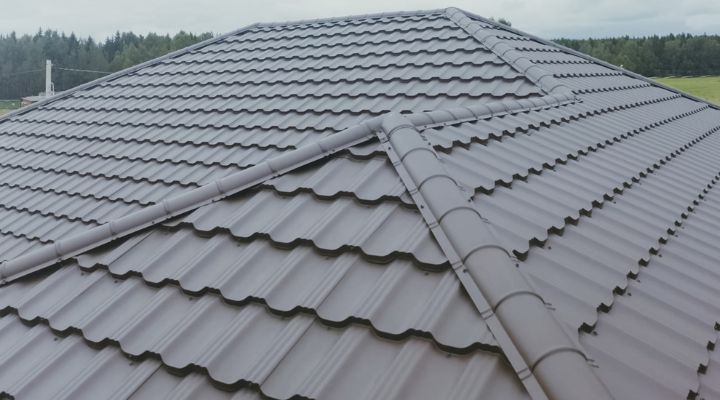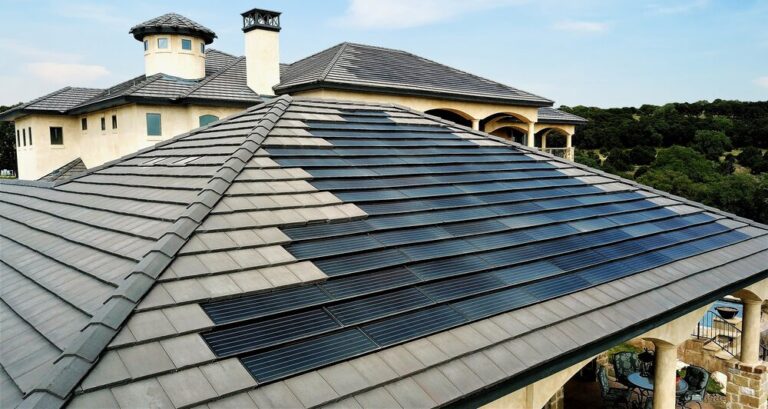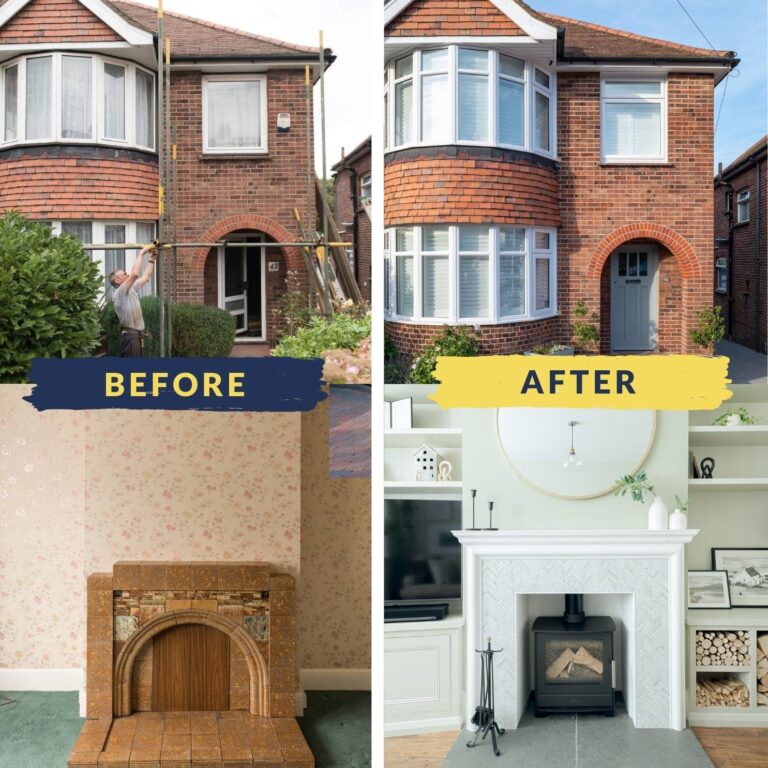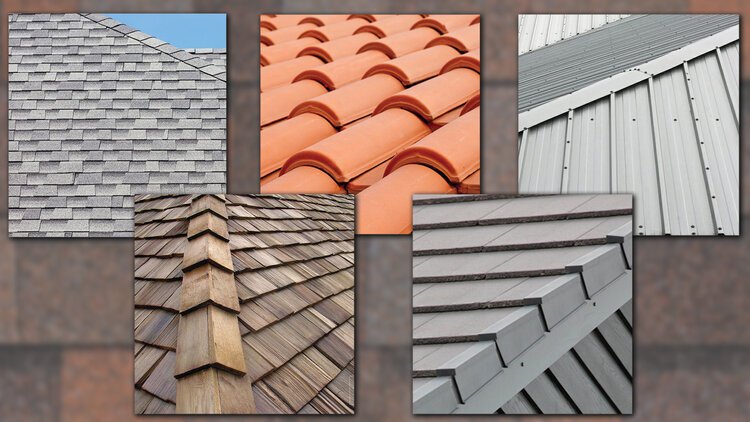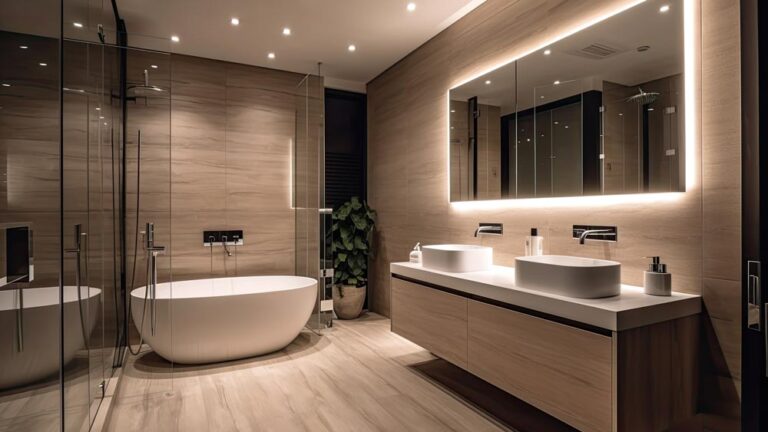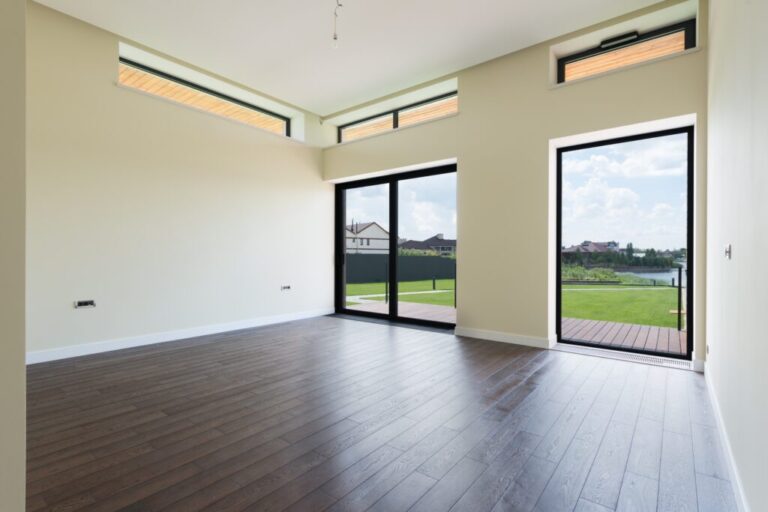Eco-Friendly Roofing Options: Sustainable Solutions for a Greener Home
In today’s world, where climate change and environmental conservation are pressing issues, the demand for eco-friendly home solutions has never been higher. One significant way homeowners can contribute to a greener planet is by opting for eco-friendly roofing. Not only does this choice reduce environmental impact, but it also offers numerous benefits ranging from economic savings to improved health.
Understanding Eco-Friendly Roofing
What exactly makes a roofing material eco-friendly? At its core, eco-friendly roofing minimizes harm to the environment through sustainable practices and materials. This includes using recycled or natural materials, improving energy efficiency, and reducing waste. Key features of sustainable roofing options often include longevity, recyclability, and the ability to conserve energy.
Benefits of Eco-Friendly Roofing
Eco-friendly roofing provides a multitude of benefits:
- Environmental Benefits: Reduces carbon footprint, conserves natural resources, and minimizes waste.
- Economic Benefits: Lower energy bills due to improved insulation and energy efficiency, potential tax incentives, and increased property value.
- Health Benefits: Improved indoor air quality and reduced exposure to harmful chemicals found in traditional roofing materials.
Types of Eco-Friendly Roofing Materials
There are various eco-friendly roofing materials to choose from, each with its unique benefits:
- Solar Roofing: Utilizes solar panels to generate electricity.
- Green Roofs: Covered with vegetation that provides natural insulation.
- Cool Roofs: Reflects more sunlight and absorbs less heat.
- Metal Roofing: Durable and recyclable.
- Recycled Shingles: Made from recycled materials, such as rubber or plastic.
Solar Roofing
Solar roofing is a popular choice for eco-conscious homeowners. It works by installing solar panels that convert sunlight into electricity. The advantages include significant energy savings, reduced reliance on fossil fuels, and potential government incentives. However, it’s essential to consider factors such as roof orientation and local climate when installing solar roofing.
Green Roofs
Green roofs, also known as living roofs, are covered with vegetation and soil. They come in two types: extensive (shallow soil, low maintenance) and intensive (deeper soil, supports larger plants). Benefits of green roofs include enhanced insulation, reduced stormwater runoff, and promotion of biodiversity. Maintenance typically involves regular watering and weeding, depending on the plant species used.
Cool Roofs
Cool roofs are designed to reflect more sunlight and absorb less heat than standard roofs. This helps in maintaining a cooler indoor temperature, reducing the need for air conditioning. Popular cool roofing materials include white or light-colored coatings, single-ply membranes, and reflective tiles or shingles. Cool roofs are particularly beneficial in hot climates, where they can significantly lower energy costs.
Metal Roofing
Metal roofing stands out for its durability, sustainability, and energy efficiency. Made from materials like steel, aluminum, or copper, metal roofs can last up to 50 years or more. They are also recyclable, making them a sustainable option. Metal roofs reflect solar radiant heat, which can reduce cooling costs by up to 25%.
Recycled Shingles
Recycled shingles are made from post-consumer waste such as plastic, rubber, or wood fiber. Using recycled materials helps reduce landfill waste and conserves natural resources. These shingles are often designed to resemble traditional asphalt shingles but offer better durability and environmental performance.
Choosing the Right Eco-Friendly Roof for Your Home
Selecting the best eco-friendly roof depends on various factors, including your budget, climate, and personal preferences. Consider the upfront cost versus long-term savings, as eco-friendly roofs often have higher initial costs but can save money over time through reduced energy bills and maintenance costs. Additionally, your local climate will influence the most suitable roofing material. For example, solar panels are more effective in sunny regions, while cool roofs are ideal for hot climates.
Installation and Maintenance of Eco-Friendly Roofs
Hiring a qualified installer is crucial for the successful installation of an eco-friendly roof. Look for contractors with experience in sustainable roofing materials. Regular maintenance is also essential to ensure the longevity and performance of your roof. This includes routine inspections, cleaning, and addressing any issues promptly to prevent damage.
Case Studies of Eco-Friendly Roofing
Numerous successful implementations of eco-friendly roofing can be found worldwide. These case studies demonstrate the real-world benefits of sustainable roofing, such as significant energy savings, reduced environmental impact, and increased property value. Learning from these examples can provide valuable insights and inspiration for your roofing project.
Government Incentives and Support
Many governments offer programs and rebates to encourage the adoption of eco-friendly roofing. These incentives can help offset the initial cost and make sustainable roofing more affordable. Research available programs in your area and apply for any applicable rebates to maximize your savings.
Future Trends in Eco-Friendly Roofing
The future of eco-friendly roofing looks promising, with ongoing innovations in materials and technology. Emerging trends include advanced solar roofing systems, new green roof designs, and the development of more efficient and sustainable materials. Staying informed about these trends can help you make informed decisions and ensure your home remains at the forefront of sustainability.
Conclusion
Eco-friendly roofing options provide a wealth of benefits, from reducing your environmental footprint to saving money on energy bills. By choosing sustainable roofing materials, you contribute to a greener planet and enjoy a more comfortable and healthy home. So, consider making the switch to an eco-friendly roof and take a step towards a more sustainable future.
FAQs
- What is the most cost-effective eco-friendly roofing option?
- Recycled shingles and metal roofing are often considered cost-effective due to their durability and lower long-term maintenance costs.
- How long do eco-friendly roofs last?
- Eco-friendly roofs can last between 20 to 50 years or more, depending on the material and maintenance.
- Are there any downsides to green roofs?
- Green roofs require regular maintenance and can have higher initial installation costs. They also add extra weight to the building structure.
- Can eco-friendly roofs be installed on any type of home?
- Yes, most eco-friendly roofing options can be adapted to various home types, but it’s important to consult with a professional to determine the best fit.
- How do I maintain my eco-friendly roof?
- Regular inspections, cleaning, and addressing minor issues promptly are key to maintaining an eco-friendly roof. Specific maintenance requirements will depend on the roofing material.
